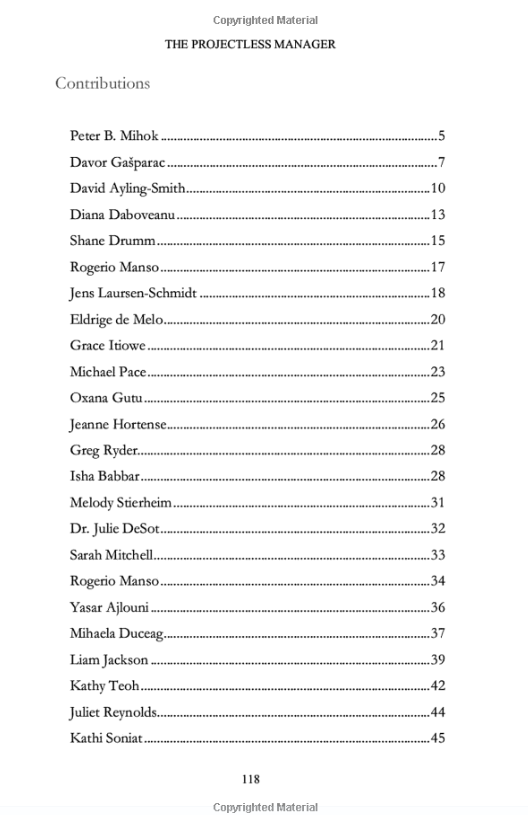Remote Agile Portfolio Planning with 3 Timezones & 9 Squads…sounds fun right? During COVID my company attempted this. It was their first remote quarterly planning week and truth be told it was a lot more successful than any other. To pull off such a feat we had to heavily rely on collaborative cloud tools such as Miro and proactive remote communication.
The Projectless Manager
I originally wrote this article for the newly published book called The Projectless Manager. It is a collection of stories about working remotely from project managers around the world. 56 contributors from 20 countries and produced in a 21 Day Challenge. I was proud our virtual planning session story made the cut and is actually one of the first stories in the book. (More details about the book at the end of this post.)
Agile Quarterly Planning
The goal of the planning week was to estimate high-level features with story points so dependencies could be called out between squads and overall priority set for all of the squads. The product leadership group of product owners and team leads with the help of Scrum masters and architects had two large tasks at hand:
(1) Decompose features with individual squads for accurate estimates
(2) Create a multi-squad plan to present to executives at the end of the week
Setup for Success
There was a high degree of Agile collaboration between our lead Engineering Manager sent out a proposed schedule and each squad had a designated Google hangout that was available for them to join at any time. Each squad had its own Miro board that followed a template for design, discovery and delivery. This was updated after each squad session with agreed outcomes.
Per Squad Remote Agile Quarterly Planning
After the first day, each squad called out cross-squad dependencies so the second and third days were used for joint squad sessions to ensure accurate estimates. Every day the product leadership group met in the morning and evening where discussions were around a shared online central board on Miro. The board had pre-made templates the team were filling out as the week progressed. Having this single view really helped get a plan on a page at the end of the week and avoided any surprises come Friday.
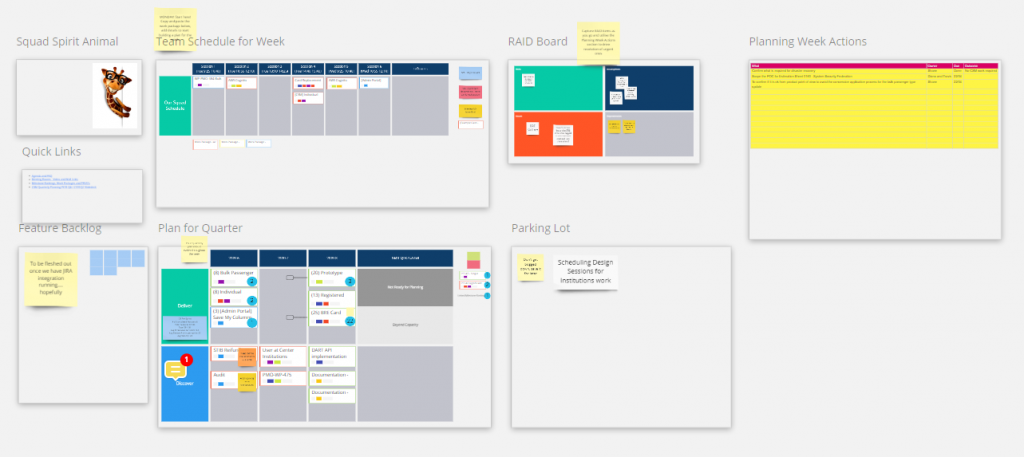
To decompose the features the product owners sent out google documents with the business value, scenarios, and possible solutions to the team members prior to the session. The team members had time between sessions to review and add their comments prior to the design session. The design session was then focused on these comments and ensured all team members opinions were discussed in an equal fashion.
Servant Leadership
True servant leadership was demonstrated by the scrum master & product owner to help the team come to story point estimates within the 90-minute slots. There was no time for agile icebreakers in these sessions. Then the product owner story mapped the features across sprints based on squad velocity provided by the scrum masters.
Agile Quarterly Planning Story Mapping
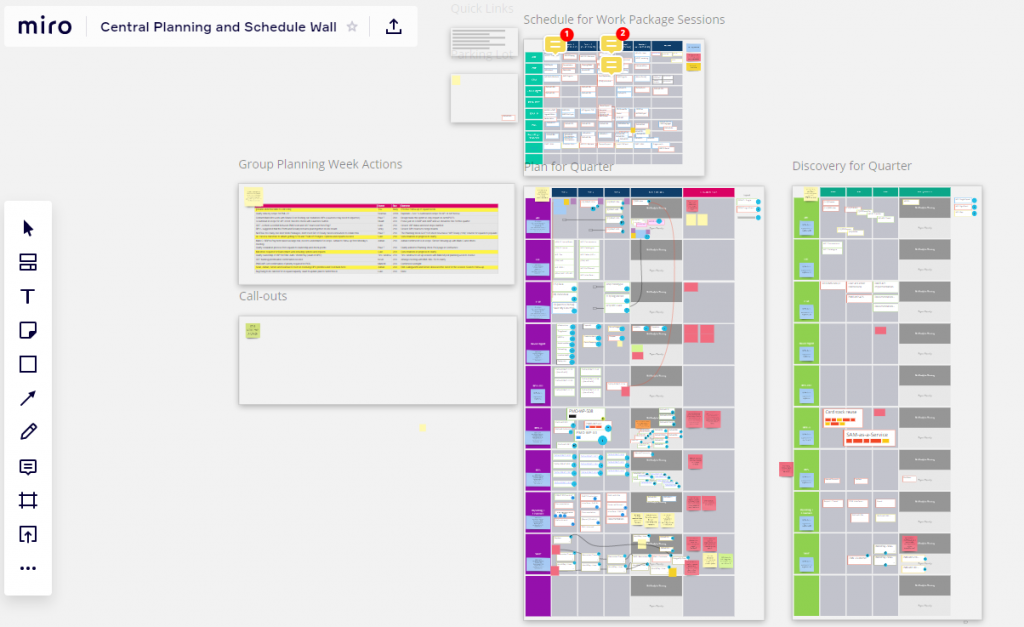
The quarter story maps were discussed at the check-in session and readjusted based on cross squad dependencies and priorities. On Friday, a shared slide deck was used to present each of the squad’s plans to the executive leadership team and all stakeholders with over 100 people joining the virtual meeting. It outlined a cohesive multi-squad plan but also called out risks associated with the plan.
This was a huge coordination effort that required cross-timezone effort ensuring project priorities were clear and getting all team members actively involved to feel part of the plan. All stakeholders appreciated the visibility of plan and how priorities were set.
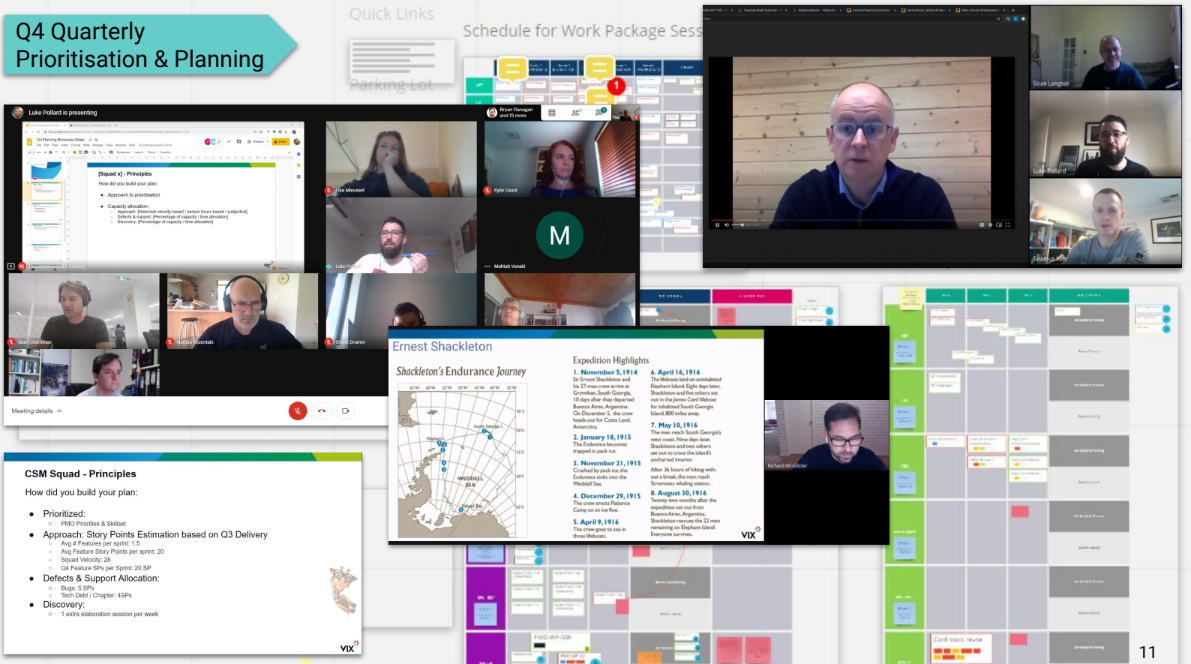
New Delivery Model
Vix collaborated with scalabl.com.au to introduce the new delivery model and set up and run the quarterly planning event. Scalabl key operating principles are partnership and co-ownership which were essential for the success of the planning week. The planning week as a result of months of collaboration and iterations. All of this would not have been possible without using Miro which is perfect for all sorts of collaborative work. There was a great demonstration of reward power at the end as they called out all the people who helped them achieve the result.
The Projectless Manager
56 contributors from 20 countries and produced in a 21 Day Challenge. A book of shared ideas and thoughts from this current world crisis, Covid-19, demonstrating how project managers have, in many cases, become ‘projectless managers’ but have kept on doing what they are meant to do; bring about change and improvements wherever they are engaged.
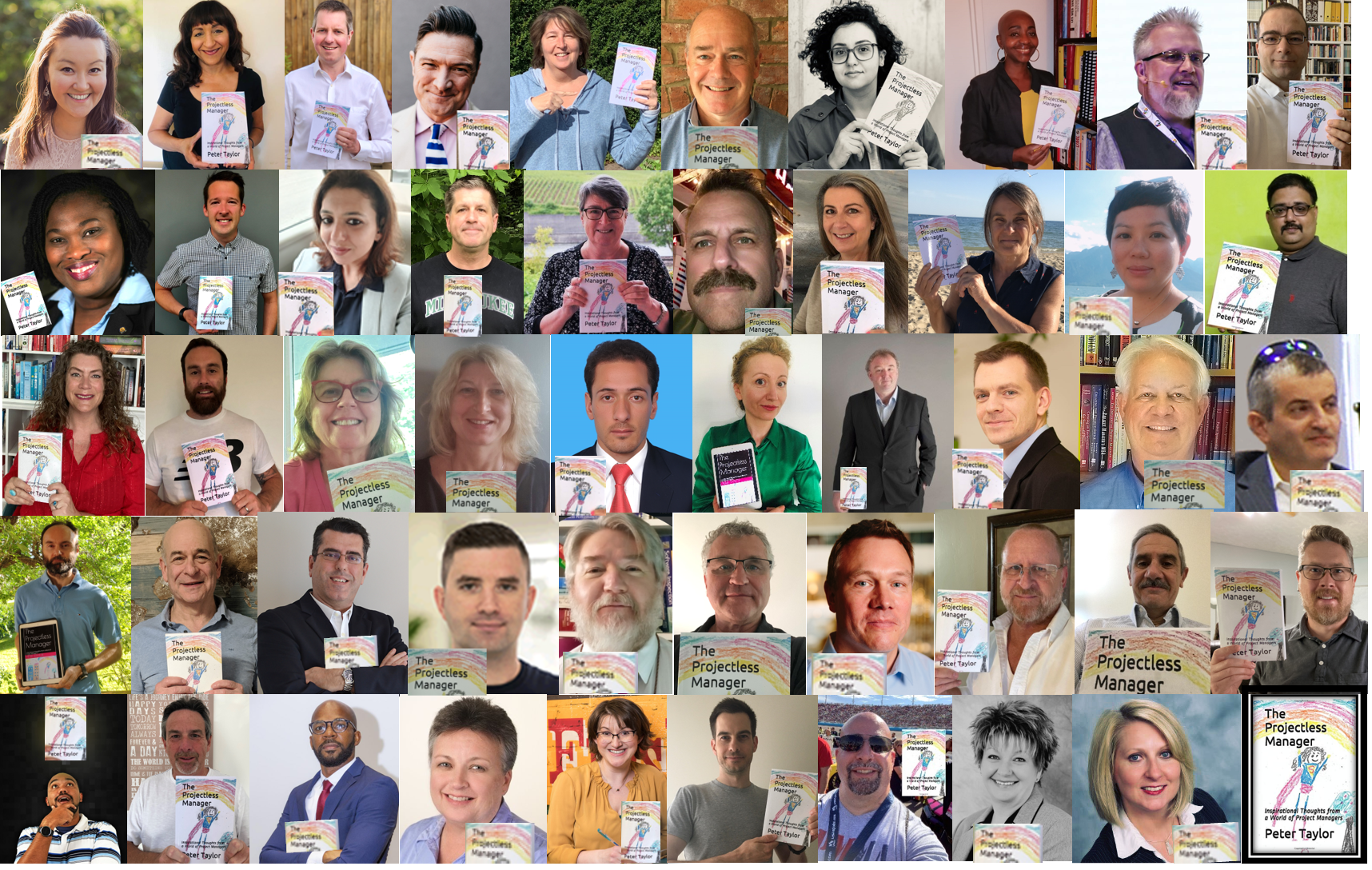
It is also a book of inspiration of what is to come in the project world when this moment in history passes and what amazing ideas people have to share, along with what they have learnt about themselves in the past few weeks that others might benefit from. A lockdown legacy!

